When it comes to insulating your home, safety is a paramount concern. With a wide range of insulation materials available in the market, it can be challenging to determine which one is the safest and most suitable for your needs. In this article, we will delve into the world of insulation and explore the latest innovations in the industry. We will also consider environmental factors to help you make an informed decision about the safest insulation to use in your home.
- Understanding Safety in Insulation:
Insulation plays a crucial role in maintaining a comfortable indoor environment while reducing energy consumption. However, safety considerations extend beyond thermal efficiency. When evaluating insulation materials, it's essential to consider factors such as fire resistance, indoor air quality, and environmental impact. - Fire-Resistant Insulation Materials:
One of the primary safety concerns in insulation is fire resistance. Certain materials, such as mineral wool and fiberglass, have excellent fire-resistant properties. Mineral wool, made from natural rock or slag, is non-combustible and can withstand high temperatures. Fiberglass, composed of fine glass fibers, is also non-combustible and widely used in residential and commercial buildings. - Low VOC and Formaldehyde-Free Options:
Volatile Organic Compounds (VOCs) and formaldehyde are chemicals commonly found in insulation materials that can negatively impact indoor air quality. To ensure a safe living environment, consider insulation products labeled as low VOC or formaldehyde-free. These options, such as cellulose insulation made from recycled paper or natural fiber insulation, minimize the release of harmful chemicals into the air. - Eco-Friendly Insulation:
In addition to safety concerns, environmental considerations are becoming increasingly important. Many homeowners are now opting for eco-friendly insulation materials that have a minimal impact on the planet. Some examples include recycled denim insulation, which repurposes old jeans, and cellulose insulation, which utilizes recycled paper. These materials not only provide effective insulation but also contribute to reducing waste and carbon footprint. - Innovative Insulation Technologies:
The insulation industry is constantly evolving, with new technologies emerging to enhance safety and efficiency. Aerogel insulation, for instance, is a lightweight and highly insulating material that offers exceptional fire resistance. It is composed of a gel with air pockets, making it an excellent choice for applications where space is limited. Vacuum insulation panels (VIPs) are another innovative option that provides superior thermal performance in a thin profile.
Conclusion:
Choosing the safest insulation for your home involves considering various factors, including fire resistance, indoor air quality, and environmental impact. By opting for materials such as mineral wool, fiberglass, low VOC or formaldehyde-free options, and eco-friendly alternatives, you can ensure a safe and sustainable living environment. Stay informed about the latest innovations in insulation technology to make the best choice for your home's insulation needs.


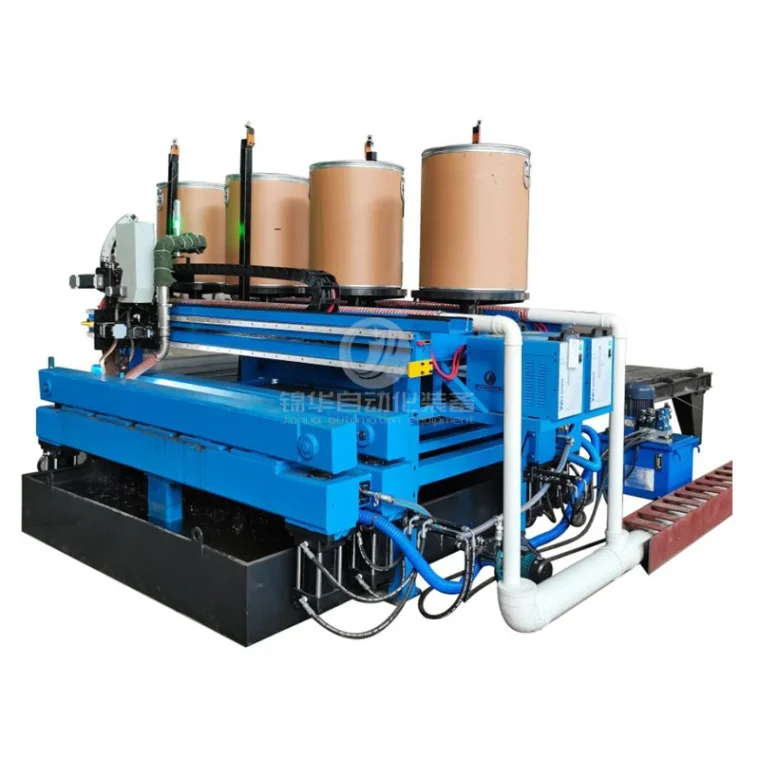

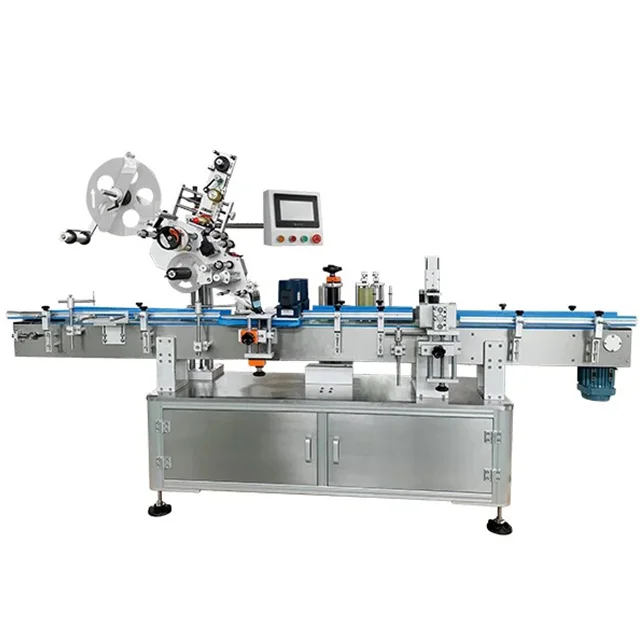
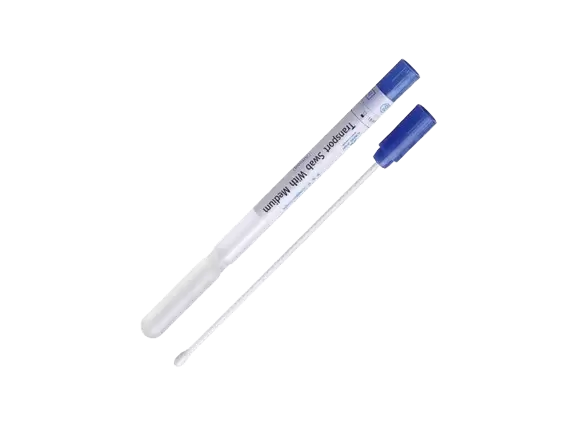
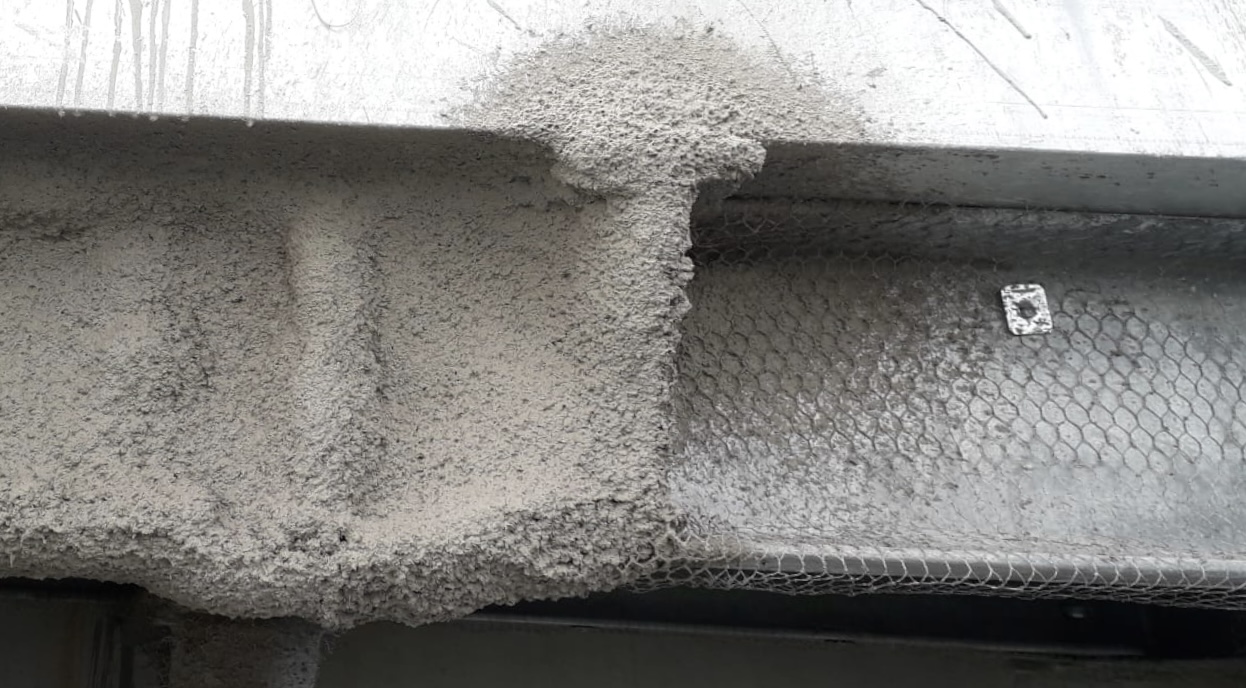
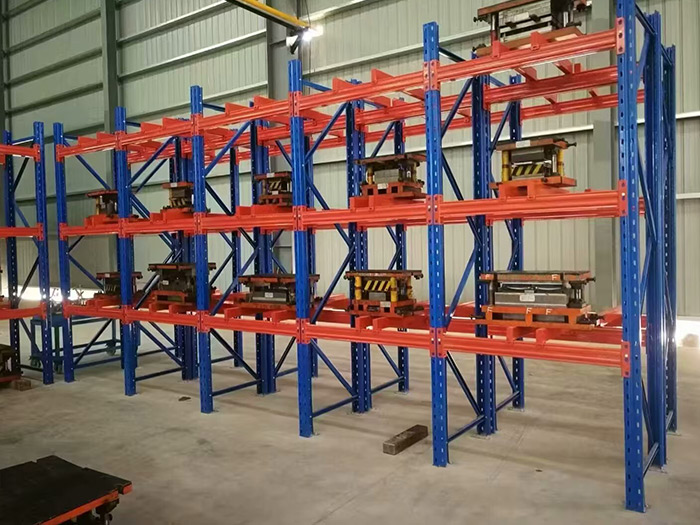
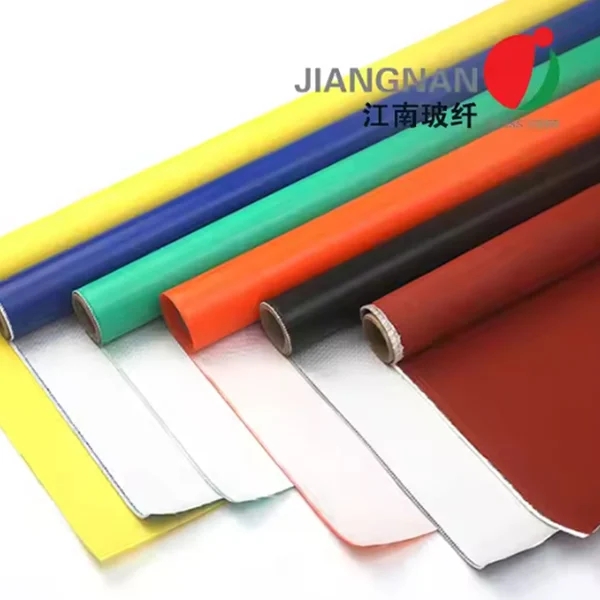
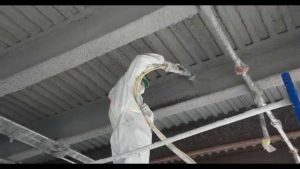
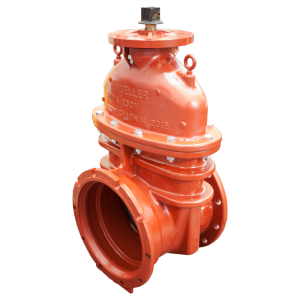

+ There are no comments
Add yours